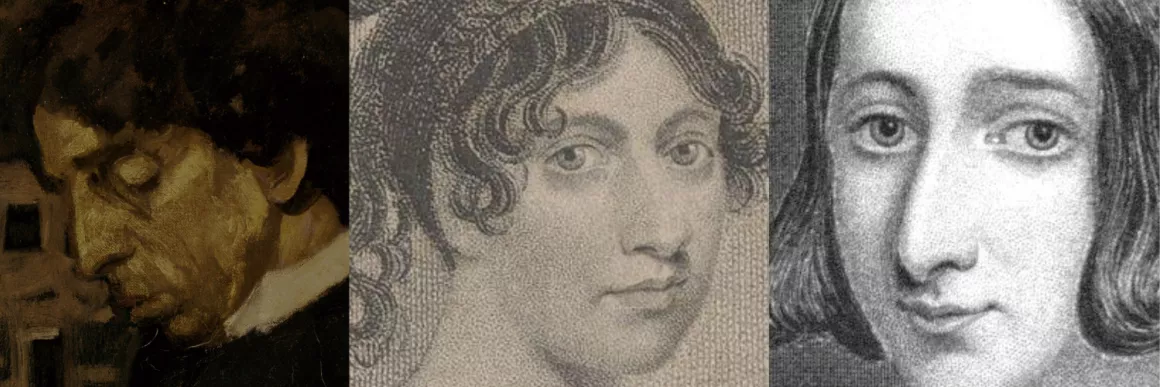Nineteenth-century Anglo-Jewish literature engages a wide range of thematic and aesthetic preoccupations. This volume brings together several essays that highlight such breadth, even as the essays converge upon several questions that recur consistently throughout this literature: what does it mean to advertise one’s subjectivity, especially where the expression of such subjectivity is inflected by aesthetic and formalist concerns that are historically connected to English nationalism? Such questions are especially relevant when considered alongside the historical context: Jews in England did not achieve political emancipation until 1858, and they were widely regarded as racially other for much of the century. Jewish writers do not answer such questions with one voice; however, their political and cultural contexts put pressure on their aesthetic choices, and we explore these choices in the essays that follow.
Introduction: What We Ask About When We Talk About Nineteenth-Century Jewish Literature
Karen WeismanAbstract
Nineteenth-century Anglo-Jewish literature engages a wide range of thematic and aesthetic preoccupations. This volume brings together several essays that highlight such breadth, even as the essays converge upon several questions that recur consistently throughout this literature: what does it mean to advertise one’s subjectivity, especially where the expression of such subjectivity is inflected by aesthetic and formalist concerns that are historically connected to English nationalism?
Abstract
Although critics have studied extensively the Gothic writings of Charlotte Dacre (Rey, King, Rosa Matilda), they have rarely discussed her work as Jewish writing, and they have largely ignored the poetry and fiction of her younger sister Sophia King (Fortnum). In fact, both sisters, daughters of perhaps the most well-known Jew in England at the time, John King (Rey), never severed connections with their father and wrote both directly and obliquely as Jewish women; moreover, they were read as Jewish women.
Abstract
“Romance in Maria Polack’s Fiction Without Romance” looks at the first Anglo-Jewish novelist’s engagement with 1790s debates about romance and realism. In her novel, Fiction Without Romance (1830), Polack does not simply reject romance, but instead suggests a reworking of the form to facilitate female education. By reading a Jewish writer’s work within the context of English, non-Jewish literary contexts, this essay traces the emergence of Jewish literary culture through its investments in literary reform.
Abstract
This essay explores why so many nineteenth-century British writers and artists reimagined the biblical figure of Ruth, beginning with Keats’s “Ode to a Nightingale,” which surprisingly depicts Ruth as “sick for home… amid the alien corn.” It also considers works by Felicia Hemans, Thomas Hood, John Adams-Acton, and Grace Aguilar that follow in Keats’s wake but have received little scholarly attention. I argue that Keats shaped a new representational tradition in which Ruth becomes a figure of alienation and homesickness.
Abstract
Israel Zangwill (1864-1926) was a literary celebrity, a Zionist, and a suffrage activist, and, in his time, possibly the best-known Jewish writer in the Anglophone world. His 1892 novel Children of the Ghetto became a British and American bestseller; in 1908 his play The Melting-Pot argued for the value of immigration and provided future studies of ethnicity with a much-debated metaphor.

